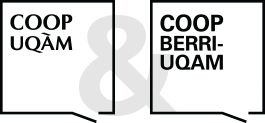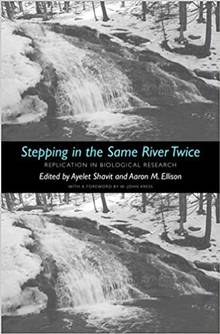Stepping in the Same River Twice :Replication in Biological Research
Ayelet Shavit, Aaron M. Ellison
Éditeur : YALE UNIVERSITY PRESS
ISBN papier: 9780300209549
Parution : 2017
Code produit : 1342751
Catégorisation :
Livres /
Science /
Biologie /
Sciences biologiques
Formats disponibles
| Format | Qté. disp. | Prix* | Commander |
|---|---|---|---|
| Livre papier | En rupture de stock** |
Prix membre : 94,27 $ Prix non-membre : 99,23 $ |
*Les prix sont en dollars canadien. Taxes et frais de livraison en sus.
**Ce produits est en rupture de stock mais sera expédié dès qu'ils sera disponible.
Description
Without replication, the trustworthiness of scientific research remains in doubt. Although replication is increasingly recognized as a central problem in many scientific disciplines, repeating the same scientific observations of experiments or reproducing the same set of analyses from existing data is remarkably difficult. In this important volume, an international team of biologists, philosophers, and historians of science addresses challenges and solutions for valid replication of research in medicine, ecology, natural history, agriculture, physiology, and computer science. After the introduction to important concepts and historical background, the book offers paired chapters that provide theoretical overviews followed by detailed case studies. These studies range widely in topics, from infectious-diseases and environmental monitoring to museum collections, meta-analysis, bioinformatics, and more. The closing chapters explicate and quantify problems in the case studies, and the volume concludes with important recommendations for best practices.























